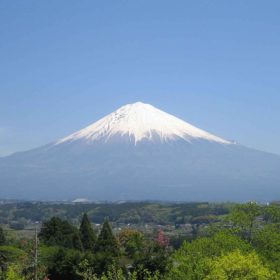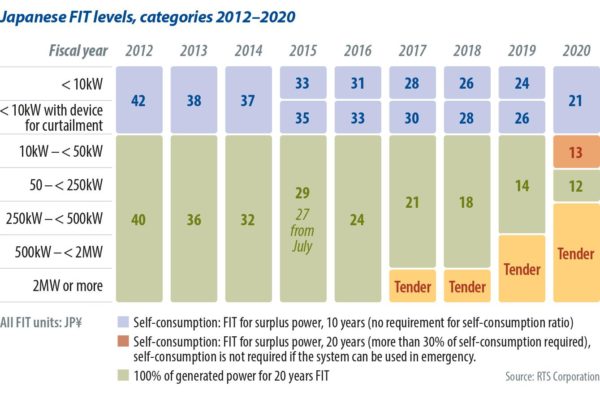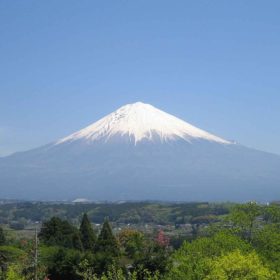Agricultural PV emerges as Japan’s next opportunity

Self-consumption, the ability to isolate from the grid and provide power in the event of outages, and agricultural solar are key components in the 2020 revisions to Japan’s feed-in tariff program, reports RTS Corp.’s Izumi Kaizuka.
From pv magazine 05/2020
From April 2020, the first month of the fiscal year in Japan, new rules went into effect for the feed-in tariff (FIT) program. The key changes are new tariffs as well as self-consumption requirements for PV systems ranging in size from 10 kW to 50 kW, as well as a capacity reduction for projects that must participate in tenders, from 500 kW or more down to 250 kW at present.
These changes reflect a new direction for Japan’s Ministry of Economy, Trade and Industry (METI) and represent a drastic revision of the country’s FIT program. METI intends to implement a renewable energy support scheme on the basis of the characterization of the power source.
PV installations will be promoted by categorizing renewable energy into two types of power sources: competitive power sources and locally consumed power. Large-scale PV power plants are now positioned as a competitive power source to be integrated into the electricity market under the feed-in premium (FIP) program. The new program is expected to start in fiscal 2021. Meanwhile, systems under 50 kW – essentially small-scale commercial PV systems and residential arrays connected to the low-voltage network – are classified as locally consumed power sources. This means that they are intended for self-consumption and community consumption.
Systems between 10 kW and 50 kW must comply with two requirements under the new scheme. First, systems must achieve at least a 30% self-consumption ratio. When project owners apply for FIT approvals, they need to submit plans for self-consumption, as exported power amounts will be monitored during operation. The second requirement relates to operation during grid-blackout events, which means the ability to isolate or island in response to such events and provide at least one external power socket for supply.

If arrays can satisfy this function, the tariff for 10 kW to 50 kW systems is one yen higher than that for 50 kW to 250 kW system, as shown in the table below. Resilience of the power supply is a key issue, as Japan experiences widespread blackouts due to earthquakes – mainly the Great East Japan Earthquake in 2011 and the Hokkaido Eastern Iburi Earthquake in 2018 – as well as major storms such as Typhoon No. 15 and Typhoon No. 19 in 2019. Most domestically produced inverters have isolated functionality and some Japanese companies are now promoting their products precisely due to this capability.
Agri-PV systems
In the case of agricultural PV – systems ranging from 10 kW to 50 kW in size –self-consumption is not required because there is negligible demand for electricity on farms. Nonetheless, agri-PV systems must satisfy the blackout operation requirement and other rules set by Japan’s Ministry of Agriculture, Forestry and Fisheries (MAFF).
In Japan, where available land for PV installations is limited, “solar sharing” is regarded as a promising PV application. According to MAFF, “solar sharing” refers to when a PV array can operate on farmland while agricultural activities continue. It issued a regulation on so-called solar sharing in 2013, which clarified the requirements for the installation of PV on agricultural land. These rules permit the temporary dual use of farmland if systems meet several criteria; namely, that the systems can be removed, and that they are designed to allow optimal sunshine for the co-located crops. The mandatory reporting of harvesting status is also required once a year, and crop yield should be kept at more than 80% of the average yield before the PV system’s installation. These regulations have facilitated the expansion of solar sharing.
According to Takeshi Magami of Chiba Ecological Energy Inc., a leading player in the agri-PV sector in Japan, approximately 30 GW of agri-PV capacity can be installed in Japan if only 1% of the country’s farmland is used for PV.
The exemption of self-consumption requirements for agri PV, which went into effect in April 2020, is expected to spur interest in such applications, once restrictions on sales and installation activities start to relax in the wake of the Covid-19 pandemic.
About the author
Izumi Kaizuka is manager of the research division at RTS Corp. in Tokyo. The PV consulting firm has more than 35 years of history and is a member of the PV Market Alliance (PVMA). Kaizuka leads a range of research projects for the Ministry of Economy, Trade and Industry (METI), the New Energy and Industrial Technology Development Organization (NEDO), and other government organizations. She has been Japan’s representative for the IEA PVPS Task 1 (Group for PV strategic analysis and communication) since 2003. She is also one of the authors of IEA PVPS Trends Report, which describes the situation in PV markets.


